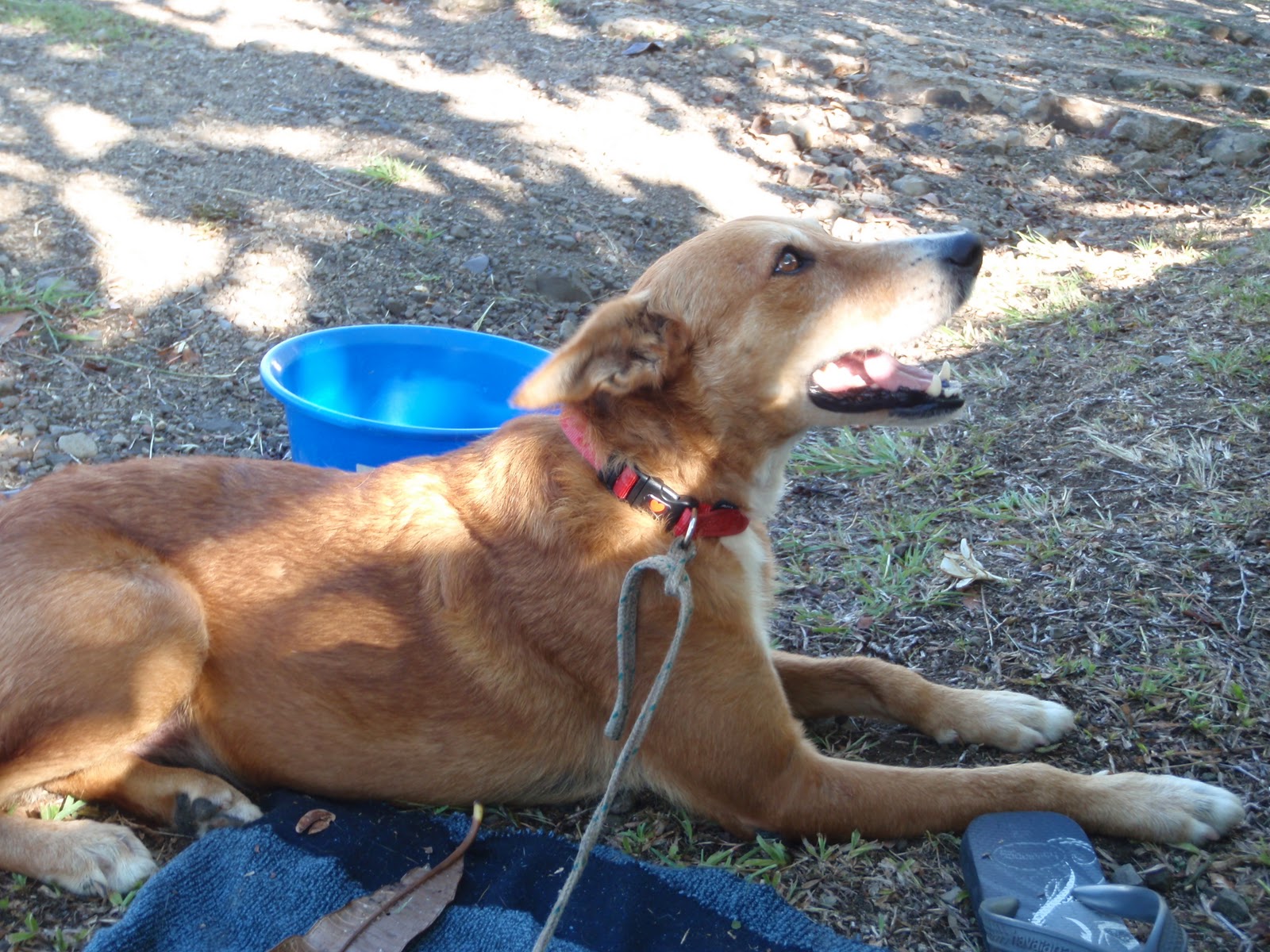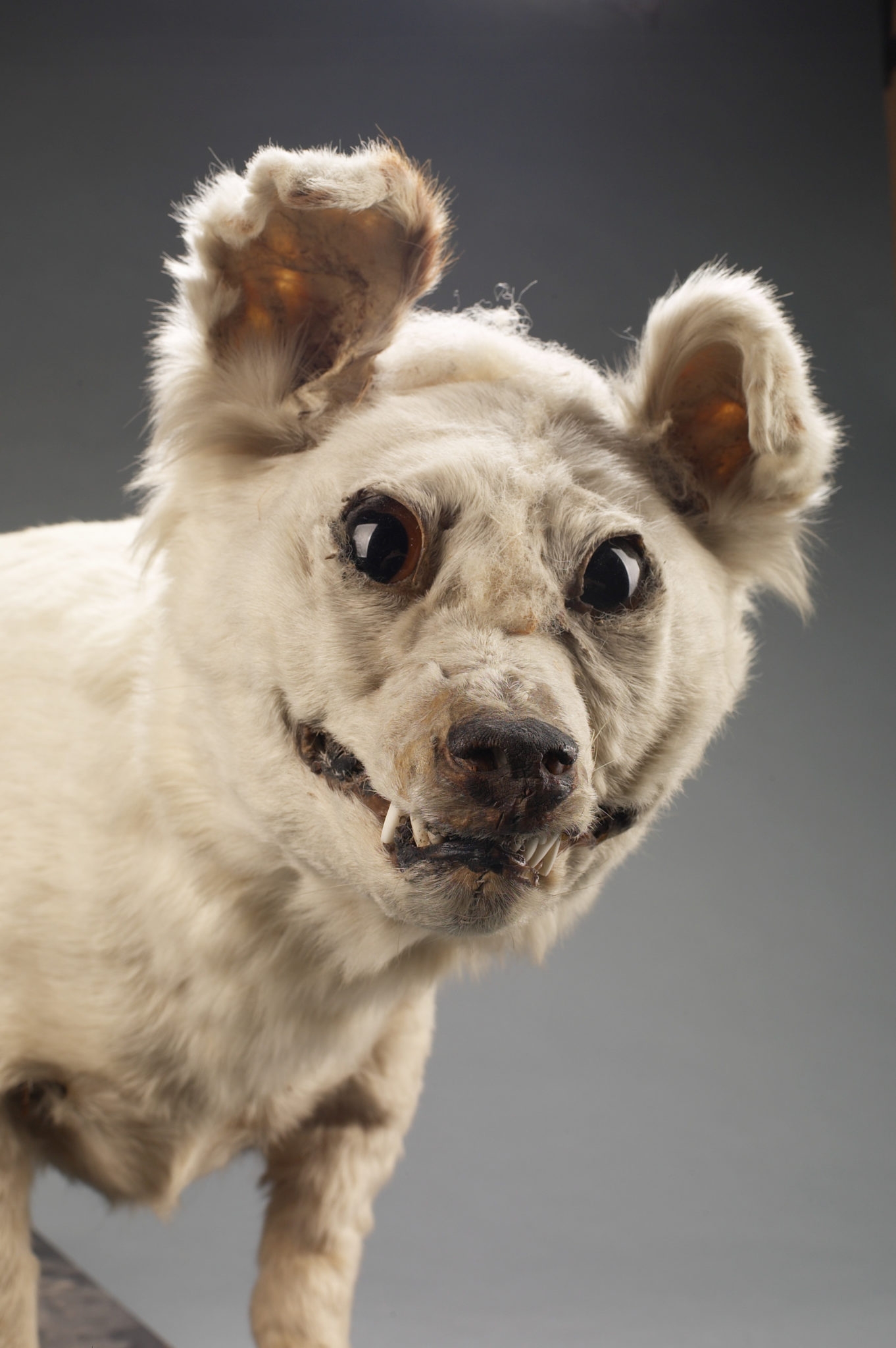
The History of Hawai‘i Hawaiian Poi Dogs of Old Polynesia
They were descended from the dogs brought to New Zealand from Polynesia, on the ancestral canoes of the Māori people in the 13th century. Kurī became bigger and more active than dogs on other Polynesian islands. Their average weight was between 13 and 15 kilograms. Appearance. Kurī were small, long-haired dogs about the size of a border collie.

Tahiti Tourisme in the World Polynesian men, Hawaiian tattoos, Marquesan tattoos
Polynesian Street Dog The Polynesian dog is a now-extinct variety of domesticated dog. Today, descendants of these native dogs live on the streets of French Polynesian islands, such as Bora Bora and Tahiti. Weight 9-21 kg Height 33-48 cm Lifespan 10-14 yr Breed Group Street Dogs Polynesian Street Dog Traits General Appearance

Samoa street dog to supermodel Dogs Today Magazine
The Indian pariah dog, also known as the Indian native dog, INDog, Nadan, South Asian pye dog, Desi Kutta, and Neri Kutta, is a landrace of dog native to the Indian subcontinent. They have erect ears, a wedge-shaped head, and a curved tail. It is easily trainable and often used as a guard dog and police dog. This dog is an example of an ancient group of dog known as pye-dogs.

Fijian Street Dog Facts Wisdom Panel™ Dog Breeds
There might be a little bit of village dog given the PIA, Estrela, and Polynesian Street Dog, but I'm more inclined to think that one parent was probably a 50/50 Schnauzer/Chi mix or close to that (WP can overestimate Chihuahua but it's still a high enough percentage that it's definitely there even if a bit lower), and the other a multigenerational mutt rather than a true Village Dog.

Testimonials John Lockley Dogs The Original Lockley Dog Breeder Best Hunting Dogin NZ
The Polynesian Dog refers to a few extinct varieties of domesticated dogs from the islands of Polynesia. These dogs were used for both companionship and food and were introduced alongside poultry and pigs to various islands. They became extinct as a result of the crossbreeding that occurred after European breeds of dogs were introduced.

70 Hawaiian Dog Names PetHelpful
While they are an independent nation, they have maintained an association with New Zealand since 1965. There are so many unique aspects of the Cook Islands. This article examines the unique position of dogs on the three most visited islands, and how a shift in attitude has created three diverse canine experiences. Image courtesy of Te Are Manu.

Blood Earth Fire
Dog Breed | Fijian Street Dog Deals and Cash Back for Pet Parents. Fijian Street Dog is part of the Street Dogs breed. Lifespan are typically 10-14 yr.

Maori man dancing haka Polynesian People, Polynesian Dance, Polynesian Men, Pana Hema Taylor
Fijian street dogs are free-roaming pups that typically congregate in cities or towns with plentiful resources. They share many basic traits with pet dogs, but they lead primarily independent lives outdoors. Weight 9-18 kg Height 35-50 cm Lifespan 10-14 yr Breed Group Street Dogs Fijian Street Dog Traits General Appearance

Polynesian hot dog top with housin sauce, grilled pineapple and green onions, so good! Hot
What is a Polynesian street dog? The Polynesian dog is a now-extinct variety of domesticated dog. Today, descendants of these native dogs live on the streets of French Polynesian islands, such as Bora Bora and Tahiti. Weight. 20-45 lb. What are Breedless dogs called? Village dogs are not breeds created by humans, nor are they entirely breed-less.

Help to Fiji Street dogs by The Flicka Foundation
The Polynesian Dog is a medium-sized breed, with males ranging in height from 16 to 20 inches and females ranging from 15 to 19 inches. They typically weigh between 30 and 45 pounds, with males being slightly larger than females. Polynesian Dog Child-Friendly

IT'S A DOGS LIFE Page 3 SAILING AROUND THE WORLD WITH SPIRIT OF ARGO
Adaptability: Polynesian Dog dogs adapt well to lifestyle changes and different living environments. Good For First Time Owners: Polynesian Dog dogs are good for novice owners, due to their easy-going personality. Cons. Intelligent Rank: Low to average: This canine intelligence is not the brightest one.

Fijian Street Dog Facts Wisdom Panel™ Dog Breeds
Main image: Stuffed kurī. Kurī were a kind of dog that is now extinct. They were brought to New Zealand on canoes by the ancestors of Māori, who travelled from Polynesia in the 13th century. The dogs were long-haired and quite small, with short legs and a bushy tail. Some were black, some white, and some a mixture of colours.

"Polynesian Wilmont" writes nikkinua dogsofinstagram FF love L4L animal cute Dachshund
Liberian Street Dog. Street dogs generally tend to be small or medium-sized. But Liberian street dogs can come in all shapes and sizes. Group: Street Dogs Lifespan: 10-14 yr Height: 16-22 in Weight: 19-45 lb Care. If you've adopted a street dog that's comfortable being handled, regular brushing and nail trims will help them look their best.

Polynesian Street Dog Facts Wisdom Panel™ Dog Breeds
Southeast Asian Village Dog. Dogs inhabit the forests, mountains, and beaches of Southeast Asia, living among the hundreds of civilizations found in that region. These dogs are as diverse as the region, showing a wide range of shapes and sizes, as well as harboring very high genetic diversity. Each Southeast Asian dog is a remarkable and unique.

Fijian Street Dog Facts Wisdom Panel™ Dog Breeds
Polynesian village dogs descend from some of the most intrepid canine explorers. These dogs have traveled with humans on boats and canoes to some of the most remote places on earth, braving weekslong journeys with their humans.

DNA reveals Polynesian dog's travels Science Media Centre
Introduction The Polynesian Dog is not just an ordinary canine. This breed has deep roots in the Polynesian culture and history, making it more than just a pet. Its significance stretches back centuries, playing vital roles in various aspects of life in the Pacific Islands. Contents hide Introduction Historical Background of the Polynesian Dog